When to Repair or Replace Your ATV
How to Know When Your Quad Is Worth the Costly Repairs
As all ATV lovers know, there eventually comes a time when you need to replace your quad. But in interest of saving money, it’s important not to throw it away if it is still salvageable with repairs. The difficultly is in knowing if it actually is worth getting it fixed, or if it’s time to start fresh with a new ride.
Smaller repairs are generally easy and affordable to fix, but bigger ones might end up costing you more than the ATV is worth. Here’s what you should know.
Issues That Can Be Resolved with Repairs
Brakes
Brakes are a pretty standard fix. If you are having issues with the brakes, it is a safe bet to get this fixed rather than buying a brand new vehicle.
Headlights
If you crash your ATV and end up breaking a headlight, this is cheaper to repair comparatively. It’s definitely not worth throwing away an otherwise perfectly good ATV just because of a broken headlight.
Battery Problems
Battery issues are easy to resolve and replace, and are certainly cheaper than replacing the entire vehicle.
Ignition Problems
Ignitions can easily be swapped out and fixed without spending big money on this particular repair.
Issues with the Engine System
While an engine issue can seem alarming at first, it actually is more affordable to get this fixed than to just scrap the ATV.
When to Throw in the Towel and Replace Your ATV
Issues Keep Arising Resulting in Costly Repairs
You’ll know it’s time to call it a day when you just spent money on a significant repair—assuming it would leave you with a quality working ATV for some time to come, only to end up with something else breaking down a few weeks later. At this point, it’s safer to just quit while you’re ahead, as the machine is on its last legs and more issues will only continue to pop up.
It’s Getting Up There in Age
Depending on how the ATV was used, its lifespan can be very different. If it was mostly used on roads and has been well maintained, it can last around 20 years without much issue. But if it was used in mostly rough, muddy terrain and has been well loved, you may only get around 6 to 8 good years. Age of the quad itself won’t tell you where it’s at in its lifespan so much as how it was used during the years it’s been on the road.
Mileage – 10,000+ miles
If your ATV was bought used, you’ll have a better sense of its lifespan from its milage as opposed to its years—as you might not know just how it was used with the previous owner. But mileage will always be an important factor in knowing which point it is at in its lifespan. When you hit the 10,000 mile mark, it is a good idea to call it a day and start considering a replacement model, as this is the point where you will continually need to repair it if you don’t replace it.
There is Accident Damage
If a serious accident occurred with the vehicle, the damage can be so substantial that it would end up costing you more than it would to just buy a new quad—at this point it obviously makes no sense to spend more on repairs than you would on a new one.
Water Damage
Water damage can be expensive to fix. That’s why it’s important to make sure your quad is sufficiently and frequently greased to prevent water damage from accumulating.
While it’s fun to play with your quad in all kinds of conditions, water and mud coming into contact with the engine, gas, or oil will cause an almost immediate issue with your machine that will be incredibly expensive to fix. Prevention is the key with this. If your ATV ended up in water, get it onto dry land ASAP and don’t try to start it again until you know there is no water damage to these elements.
Repairs Cost More Than the ATV is Worth
Again, if the damage is so severe that it would cost you more than buying a new machine to fix, there is obviously no point in putting that kind of money into an old machine when you could just buy a newer model instead.
When it comes down to it, only you can make the call on when it’s time to pack it in and say goodbye to a beloved ATV—but if repairs are starting to cost more than you paid for it—that’s never a good sign.

.png)